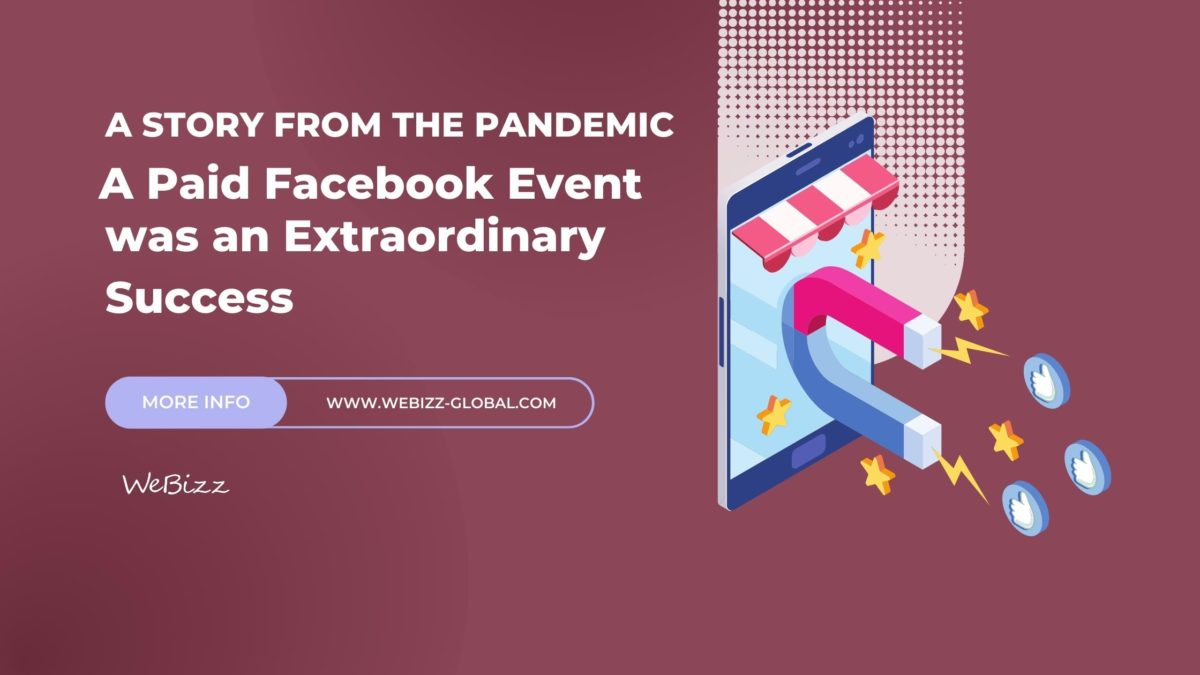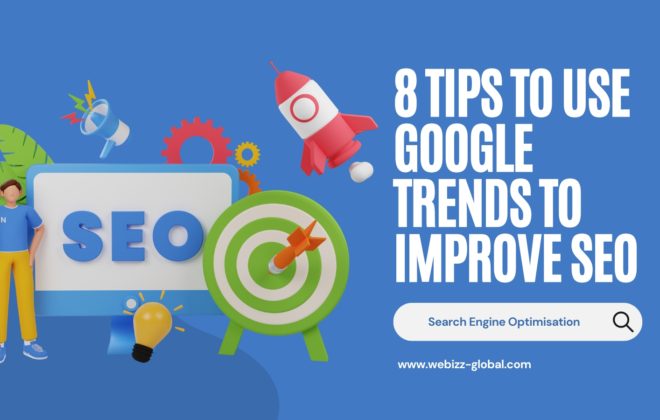A story from the pandemic. Worldwide audience and record sales For Teatro San Carlo’s Online Premiere of Cavalleria Rusticana
Christmas is coming, and we would like to create a nice mood with a beautiful story which took place 2 years ago in December, during the pandemic.
This story was shared by Webizz CEO Isabella Federico in her TechTuesday update for the Italian Chamber of Commerce and is about the success of the San Carlo Theatre and its December 2020 online Facebook premier of Cavalleria Rusticana.
San Carlo Theatre is one of the crown jewels of Naples and is the oldest opera house in Europe.
As Federico noted, the pandemic has hit the arts community very hard and that’s particularly true for opera houses and theaters closed by health regulations.
However the case of San Carlo is a lot different: the theater has become a shining beacon of just how much is possible even in the hardest circumstances, by successfully using Facebook live to stream paid events and attract a new global audience.
San Carlo premiered the legendary Cavalleria Rusticana by Mascagni on December 4, 2020, as a paid Facebook event and it was an extraordinary success. In fact, the Facebook stream was such a triumph that it ended up covering much of the financial shortfall that had occurred because of the theatre closure during the pandemic.
The livestream wasn’t only successful in dollars and cents. It was also a significant breakthrough in terms of growing new audiences around the world and increasing interaction and communication with opera fans.
The premiere of Cavalleria Rusticana was available for a ticket price of only €1.09 and included access to the livestream. The performance was kept online for three days after as well in order for audience members to catch up on it who hadn’t been able to watch the premiere live.
This premiere was widely publicized via social media and in local press, but also got a massive boost from the power of recommendation and word-of-mouth.
San Carlo General Director praised the innovative premiere while speaking at the Binario F presentation on April 21, noting that it sold out a week after being announced and had a stunning 34,738 audience members watching during the premiere and 2 million overall.
This diverse audience spanned the globe, including:
- Over 34,000 audience members, comprising 25 times more than San Carlo’s physical audience seating
- Audience members from 80 countries across the globe
- More than 11,000 simultaneous livestream spectators
- Average viewing of the opera three times by each user
- Around 13% of views outside Italy including 35% of this 13% hailing from USA, Germany and France.
- An 87% conversion rate out of the 40,000 who said they wanted to watch
- More than 10,000 comments from spectators in 48 countries
(Facebook Data)
Facebook’s insight tools also provided many actionable insights into the new and growing audience that San Carlo was attracting, such as the fact that 23% of the audience who watched Cavalleria Rusticana was under 35. This was different from past audience trends, including the specific cohort of 13 to 17-year-olds. These may have mainly been preteens and teens helping grandpa or grandma set up to watch the livestream but it’s still very noteable!
Also new was the fact that twice as many women watched online as men – a fact which stayed consistent through more events hosted online by San Carlo as well.
(Source: data presented at “Facebook Culture Open Day” at Binario F on April 21, 2021).
The remarkable results of the San Carlo Facebook livestream bring up vital points of the future of arts in moments of crisis.
It’s worth considering the fact that pivoting to this format helped the theater gain back lost revenue, reach new audiences and gain valuable market insights, while it’s also important to note that making a production livestream-ready differs from physical productions and includes different budget requirements for audio-visual equipment and crew which could be a challenge for smaller theatres.
Overall, however, the underlying conclusion of Cavalleria Rusticana is a powerful demonstration of the benefits of modern digital technology, and the technical team that collaborated in Italy, London and New York as well as Facebook deserve enormous thanks for their contributions in making the broadcast such a stirring success.
Tags In
Isabella Federico
Categories
- B2B (9)
- Design (1)
- Digital Marketing (4)
- Google (2)
- Google Ads (7)
- News (1)
- Uncategorized (34)




